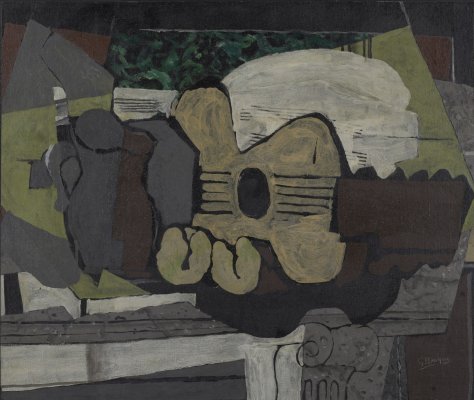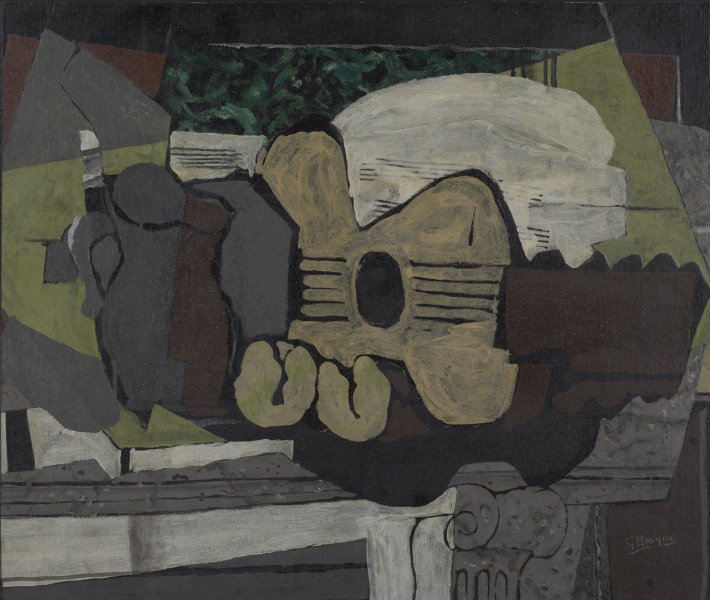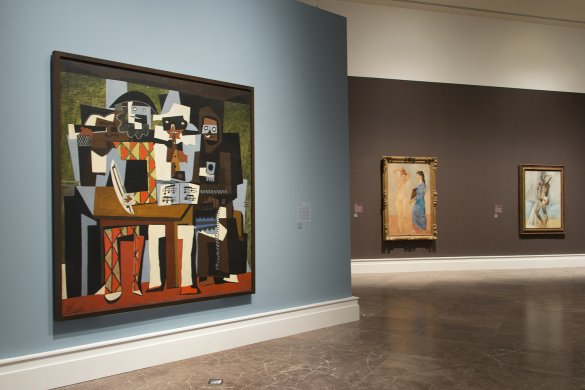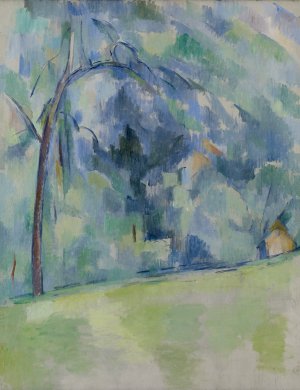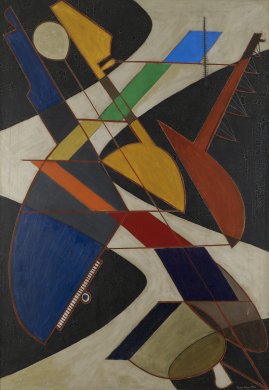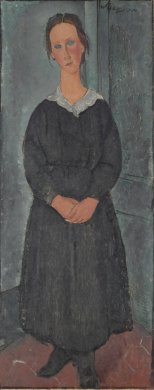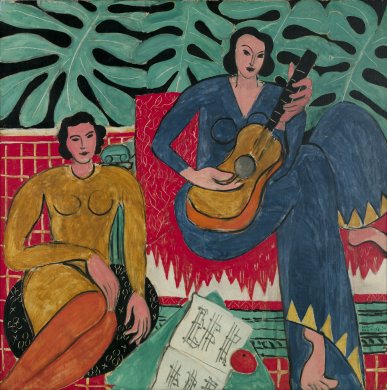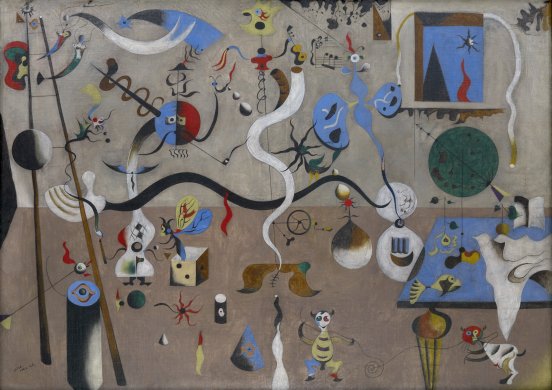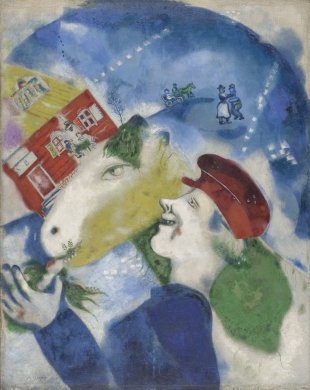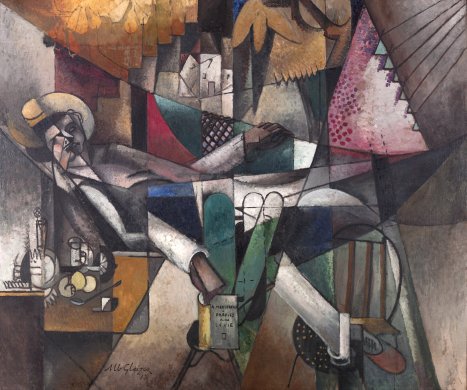Throughout his lifetime, Pablo Picasso moved in and out of many social circles. His closest friends included some of the greatest creative minds of the early twentieth century. Many of the works in Picasso: The Artist and His Models highlight how the artist’s personal relationships not only influenced his compositions but also helped steer the ever-changing course of his career.
Picasso’s closest collaboration was with Georges Braque. Together, they are credited with developing Cubism in two phases—Analytic (1909–12) and Synthetic (1912–14). Braque later commented that during this period he and Picasso were “like two mountain climbers tied together,” and for a short time the works they created individually took on a remarkably similar appearance. Their partnership continued until 1914, when Braque enlisted in the French army. Following World War I (1914–18), they separately pursued their respective careers.
While he is best known for his Cubist collaborations with Pablo Picasso, Braque continued to create art long after his creative relationship with Picasso ended. Unlike his former partner, however, Braque preferred the quiet of his studio to burning bright in the world of art. The subject of the still life on a mantelpiece repeatedly piqued his interest, and from 1919 to 1926, Braque made at least six studies of this theme. He was drawn to its spatial tension and the way in which it naturally compresses objects on a small surface. Braque further played with space by grouping all of the components asymmetrically on the far right of the ledge; however, they appear disproportionately large in scale, as if they are about to fall off.
Picasso: The Artist and His Models is on view through February 19, 2017.
